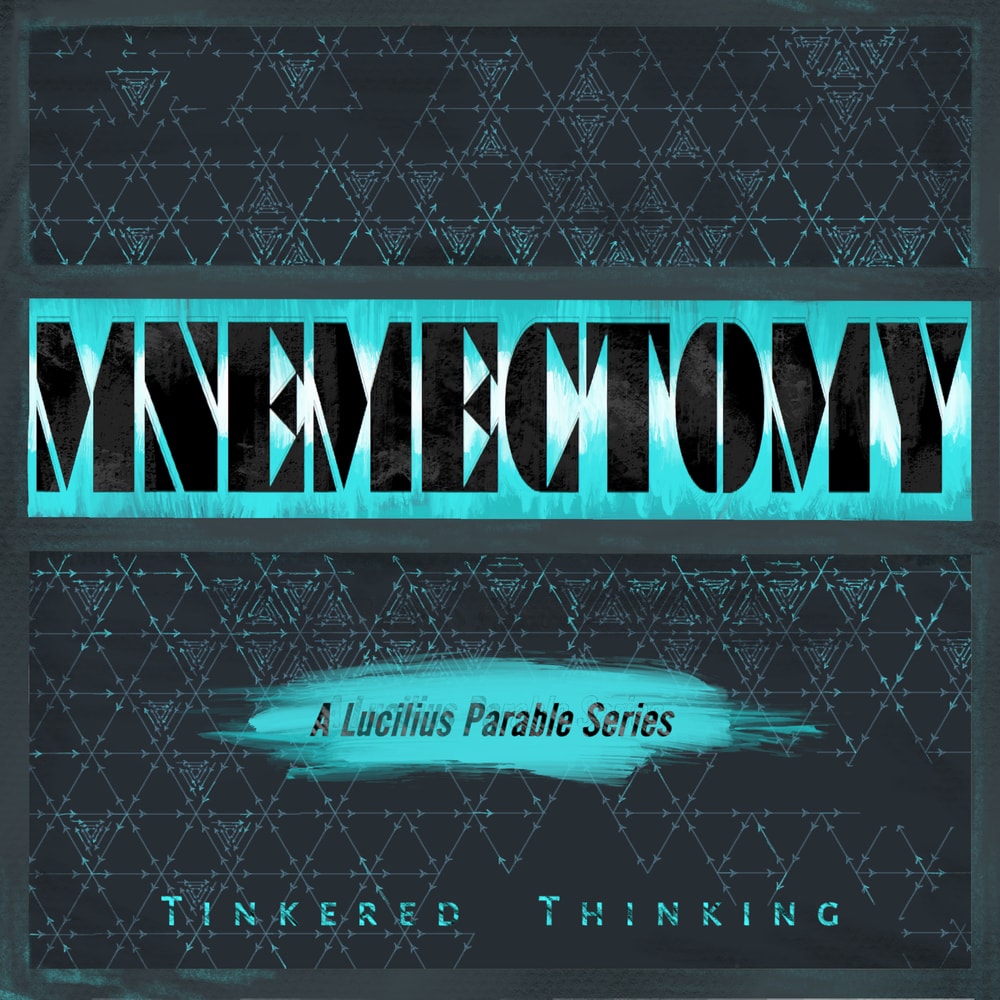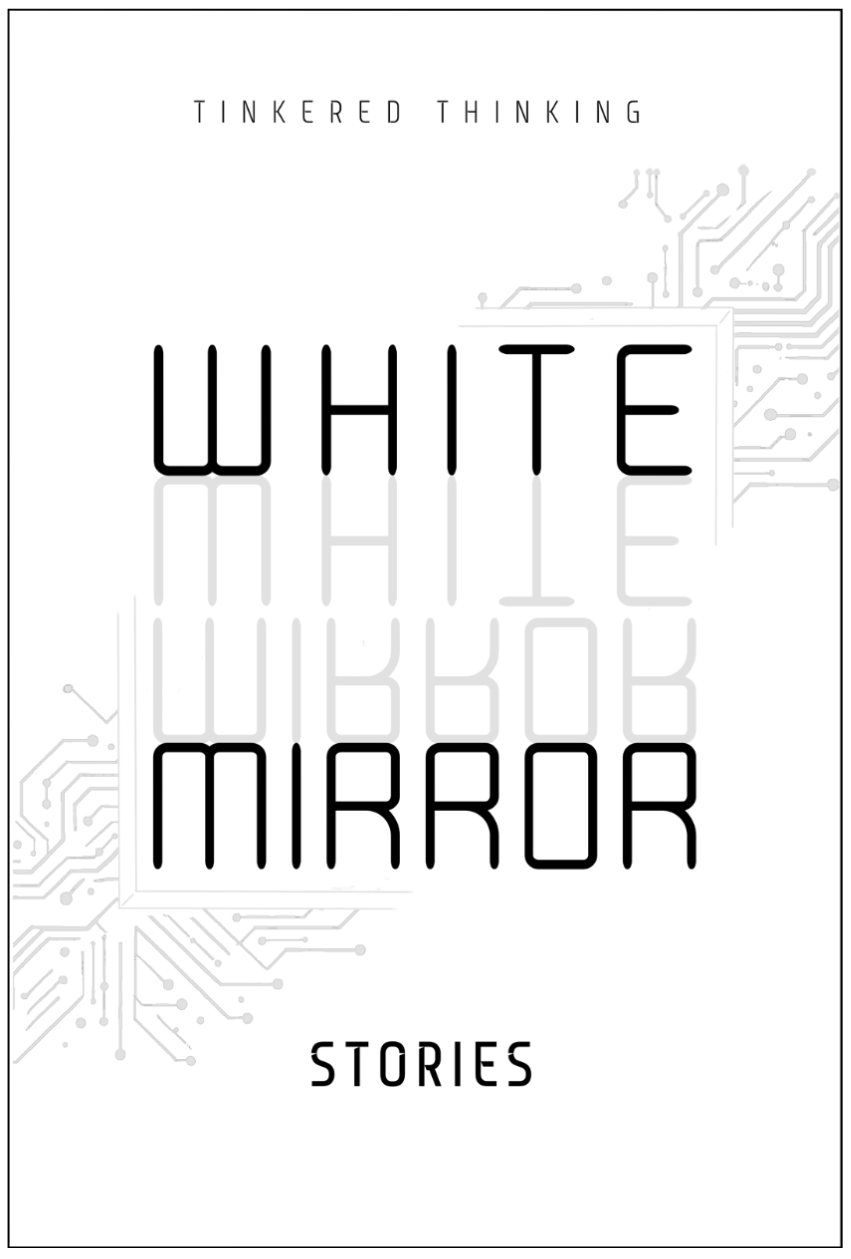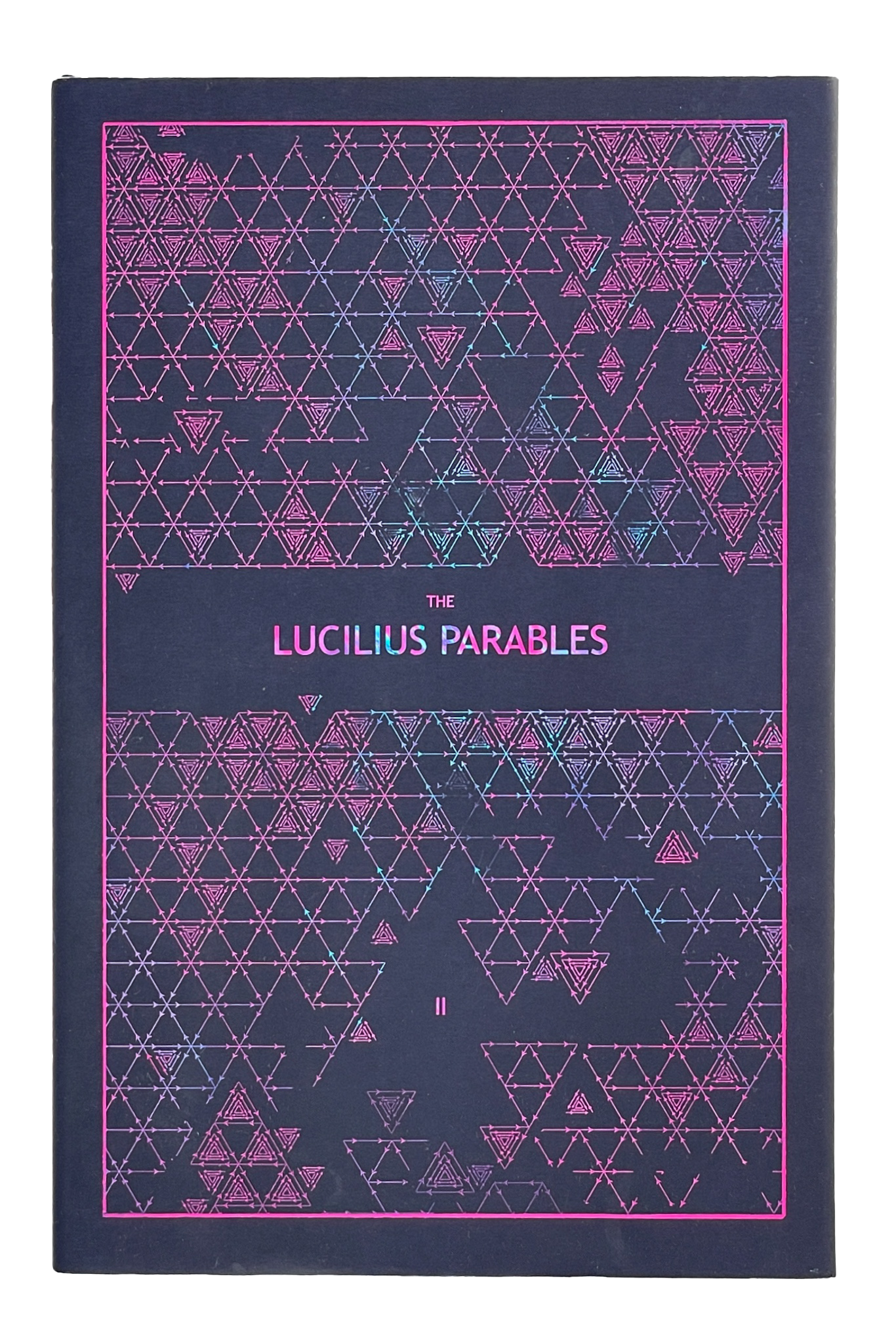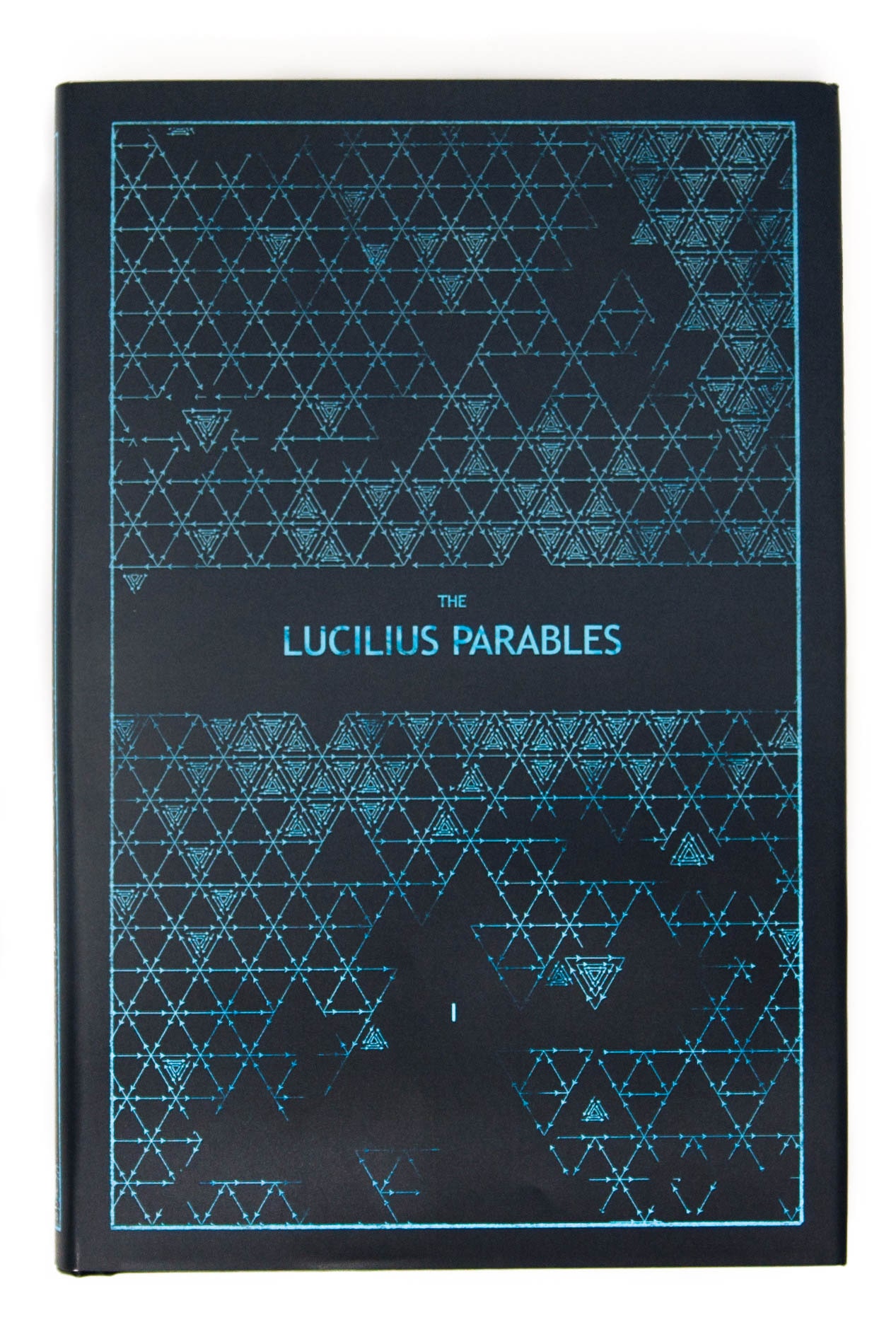Daily, snackable writings to spur changes in thinking.
Building a blueprint for a better brain by tinkering with the code.
subscribe
rss Feeds
SPIN CHESS
A Chess app from Tinkered Thinking featuring a variant of chess that bridges all skill levels!
REPAUSE
A meditation app is forthcoming. Stay Tuned.
FUSED-SENSE READING
December 7th, 2020
In the realm of productivity, speed reading is one of the first and apparently most important skills to learn and hone. The logic is simple and a bit quaint: the information is out there, if only we can find it, consume it and integrate it. The faster such unknown information can be consumed, the sooner we are more appropriately informed, and finally, the quicker we can benefit from our own wise and fully-informed decisions. The extreme end-goal of such logic would be to ingest all of humanity’s knowledge and synthesize some kind of core secret that unlocks a vast store of agency.
While a future artificial intelligence might actually be able to do something like this, the potential for people to rapidly ingest huge amounts of text is probably a bit of a lark and a farce.
Personally, this reader always found it odd that classmates couldn’t remember the text well enough to answer certain specific questions about that text despite the claimed fact that they’d read the whole thing. What goes unnoticed in such reporting is of course how much time was spent reading the text.
Skimming is the false art of quickly looking at some text in order to pick out what is actually important. It’s a false art because how can someone skimming text know if they’ve skipped over something important or not? This is certainly possible with something like a recipe list. Skimming a list for what one is missing is a fairly straightforward task of looking for the unfamiliar. Recent interaction with a sac of flour, the butter, the sugar, the yeast makes their ready placement in memory quick to strike off the list. We skim in order to find what isn’t in memory. But when it comes to a block of text, the effort to ‘skim’ is entirely different.
Skimming text is only as telling as what actually registers, and if an argument of any legitimate nuance or complexity exists in that text, chances are it’s not just skimmed but skipped.
This is what was happening with those classmates. Then again, teachers might be vindictively incentivized to ask questions about the text that evidence whether the a student actually spent a meaningful amount of time with the text or not.
Such an arms race of ego and time requires a bit of a reset, and zooming out to check on the larger picture. We must ask:
What exactly is the point of reading in the first place?
This certainly depends on what is being read. If it’s a recipe list, then savouring the exquisitely chosen order of words is not exactly the experience we are looking for, nor is it what the author is concentrating on that case either. If it’s a classic work of fiction, then reading it at a breakneck skimming speed is likely defeating the purpose of the piece of art in the first place: no one runs through an art gallery, so why are we skimming works of art that exist on the page?
But then of course there is non-fiction: the apparently informative stuff that is written to aid others with the task of making better decisions based on an incisive picture of the topic at hand. This is where the long entrenched economics of bookselling rears an inconvenient face. Ideas come in all sorts of shapes and sizes, and yet non-fiction books generally have an eerie likelihood of hovering around a certain number of pages - a certain word count.
Is this because there is some sort of cognitive and communicative benefit to be had by torturing ideas with this procrustean bed?
It always seems like a curious tragedy when a non-fiction book gets it’s length cut. Certainly the author is more expert in the topic than the publisher, so doesn’t it follow that important content is being left out? How is it that the publisher knows more about what should be featured than the expert? Certainly there is a worthy and useful question of how to communicate that content, but to include or not include seems like a grave decision to leave to someone who is, at the end of the day, just a reader.
The opposite is more common: many books are way longer than they need to be. The core idea of most non-fiction books warrant little more than the length of an excellent essay - not hundreds of pages of fluffy extrapolation that usually just dilute the core message.
From a purely economic standpoint, it seems we don’t see any value in essays. No is really making a living off of essays. But if that essay can be plumped up with a few hundred breezy pages, then hey, we might have a New York Times Bestseller on our hands!
The actual details of mass production regarding book length are beyond the scope of treatment here, but given experience with publishing The Lucilius Parables Vol. I, it seems that there is a clear incentive against mass production of very short books or very long books. There is clearly a sweet spot that the publishing industry has found regarding length. It’s the humble conjecture of this writer that print-on-demand services are going to destroy the validity of this sweet spot once print-on-demand technology has properly scaled.
The question, however, remains: how do we read quickly without missing what is important?
There is perhaps one hack that might be legitimate, but it requires buying the book twice. The only way to speed up subvocalization of text is to quite literally speak the text way faster, but this is completely unnatural and impossible to practice without coming across like a complete lunatic. Modern audiobooks, however, present a technological hack to this bizarre task. Audiobooks can be played, often 3 or more times their normal speed and in the case of naturally slow readers, this speed of often quite larger than the pace which text is subvocalized.
But just listening to an audiobook at a quick pace doesn’t really seem to do the trick completely. It’s easy to stop listening while concentrating on a different task. And perhaps some deeply embedded listener in the brain sends up a flare to stop, rewind and properly take in an important point.
Complementing the audiobook with the actual physical book seems to have the proper multiplicative effect that people who lust after the coveted speed reading ability are after. With both eyes and ears focused on a rapidly moving text, there is double the sensory input to pick upon something that is incoming at a pace that is double or more the usual.
Reading is ultimately an act of sifting, and the slower we sift, the more thorough a job we achieve, but if we have more resources (sense) allocated to the process of sifting, then it goes to reason we can sift faster without sacrificing quality.
Our senses are these resources, and having two dedicated to a text quite literally uses different parts of the brain simultaneously to parse the same object. While the neurological details here aren’t known, the logic seems sound: two hands wash the dishes far faster than just one hand. Reading with both the eyes and the ears, with the audiobook input pushing the eyes to keep up creates a reading ability that operates with fused senses.
There are other benefits to Fused-Sense Reading that aren’t all that obvious. For example, with a little practice, it becomes possible to linger on a line visually, while the audiobook zooms along, perhaps to highlight the line, or write in a note, and then instantly pick up the audiobook’s place lower on the page. Even while writing a note, the audiobook is still fairly understandable, at least enough to know if that small portion should be investigated with more depth. Think about how this usually happens without an audiobook. We completely stop the task of reading in order to maintain hand-eye-coordination to highlight or jot down a note. With the audiobook, we continue reading while the eyes handle this necessary but ultimately mundane task.
The same applies to other things, as when something in the environment becomes distracting. Where as normally we can forget there’s a book in our hands and get lost in the distraction, that audio playing is a constant jog to pay attention or lose the thread. Inundating the senses doubly in this way seems to raise the likelihood and quality of focus. With the physical book in hand, we are tasked with trying to keep up the pace visually, and this requires actually listening. Whereas with just an audiobook, we merely listen without any auxiliary need to pay constant attention. We can become distracted, fail to hear, and then tune back in without any incentive to back up - it’s the equivalent of skipping by skimming when we attempt to ‘speed read’. But this doesn’t happen when the physical book is present because if the audiobook gets too far ahead, the whole enterprise becomes decoupled, and the incentive against this in practice is quite strong.
The key to this Fused-Sense Reading is the consistent, high speed possible with an audiobook. Whereas the eyes may grow slow reading on their own, and the ears might fail to listen, the combination forces a high, consistent input. This also allows for the reading of full books to be more accurately planned out. A 700 page book on neuroendocrinology need not take an epic on-off battle of months and even years, but merely a couple dozen mornings of hours sprints with both the eyes and the ears tuned in at a generous clip.
-compressed.jpg)





